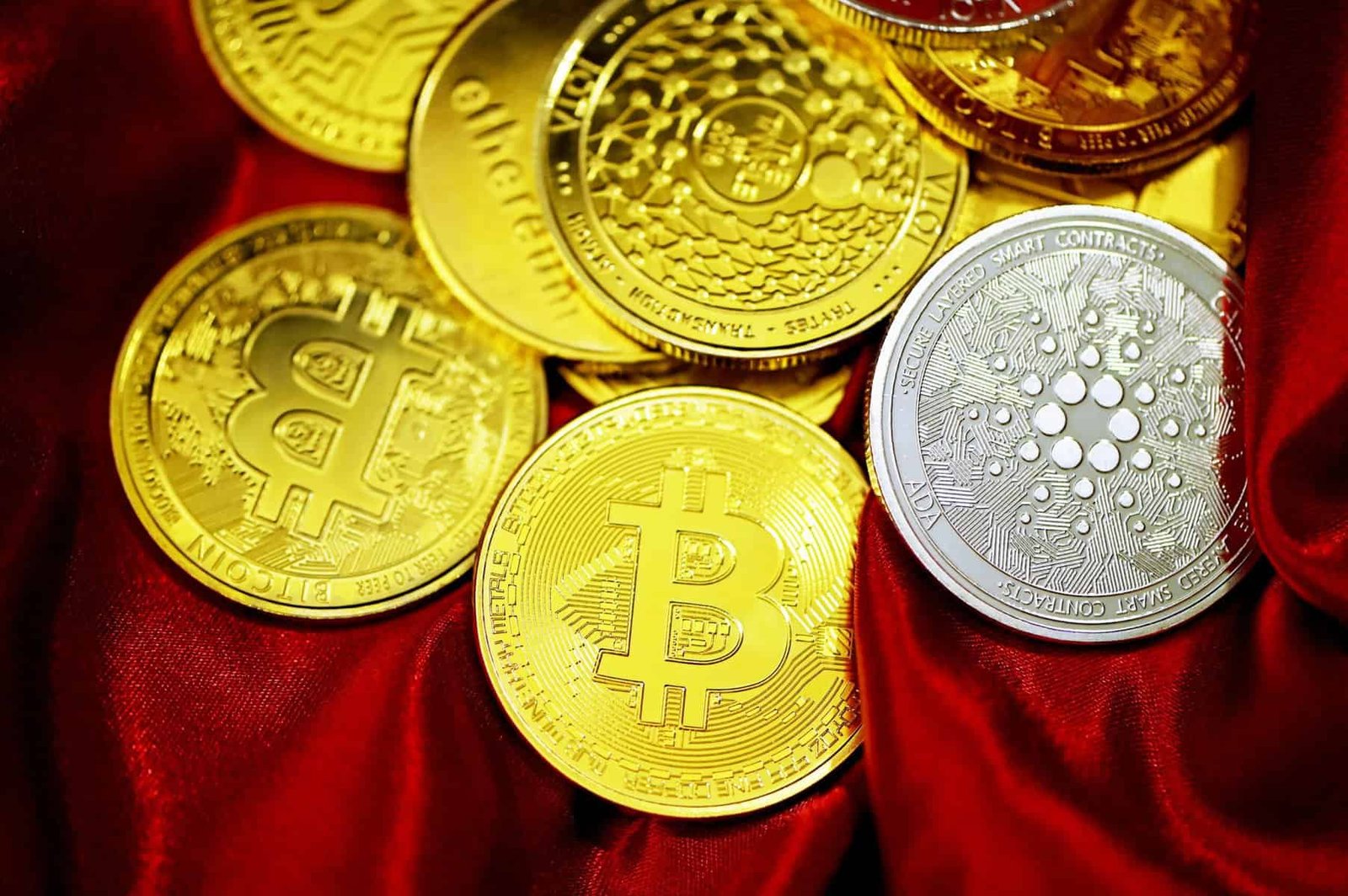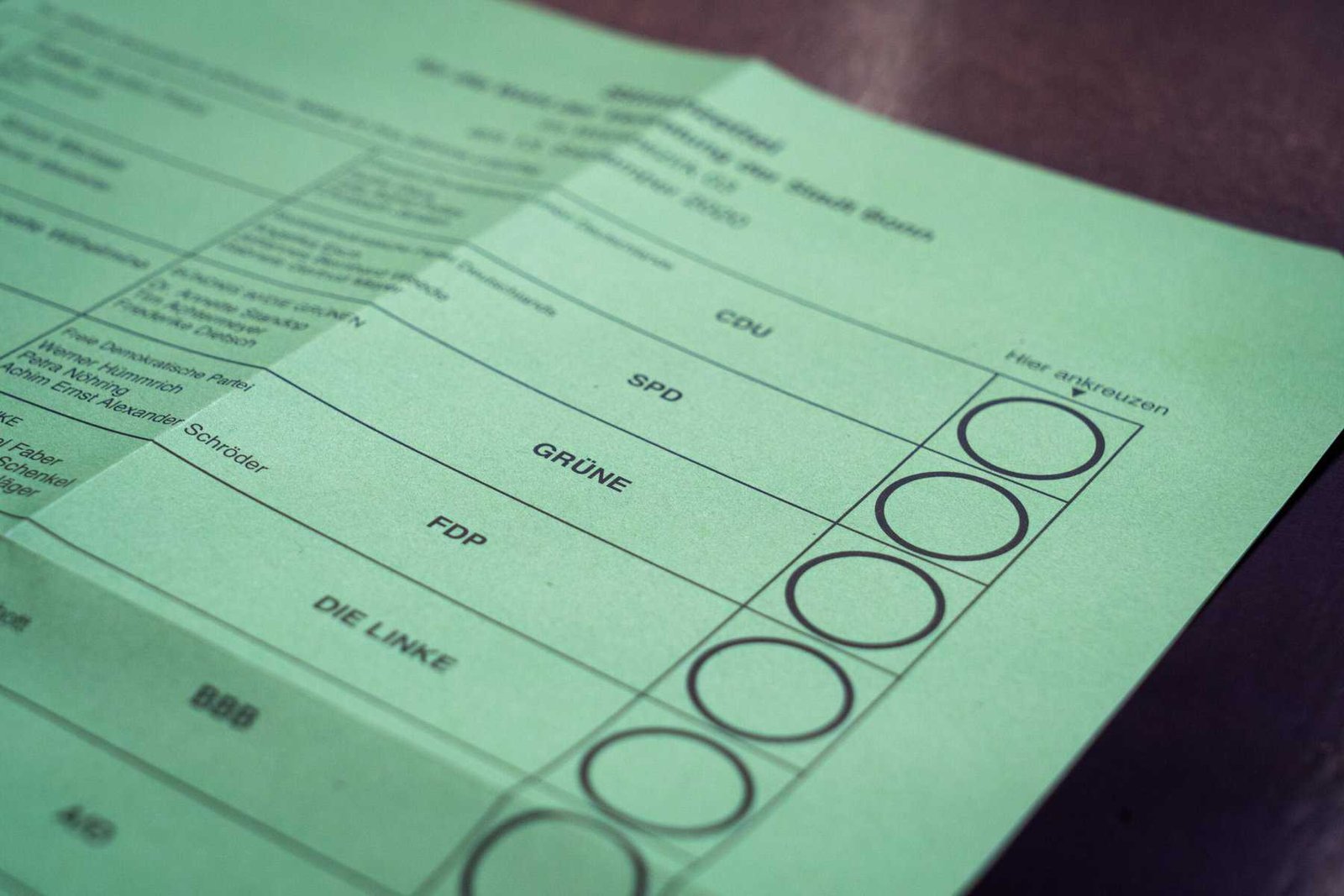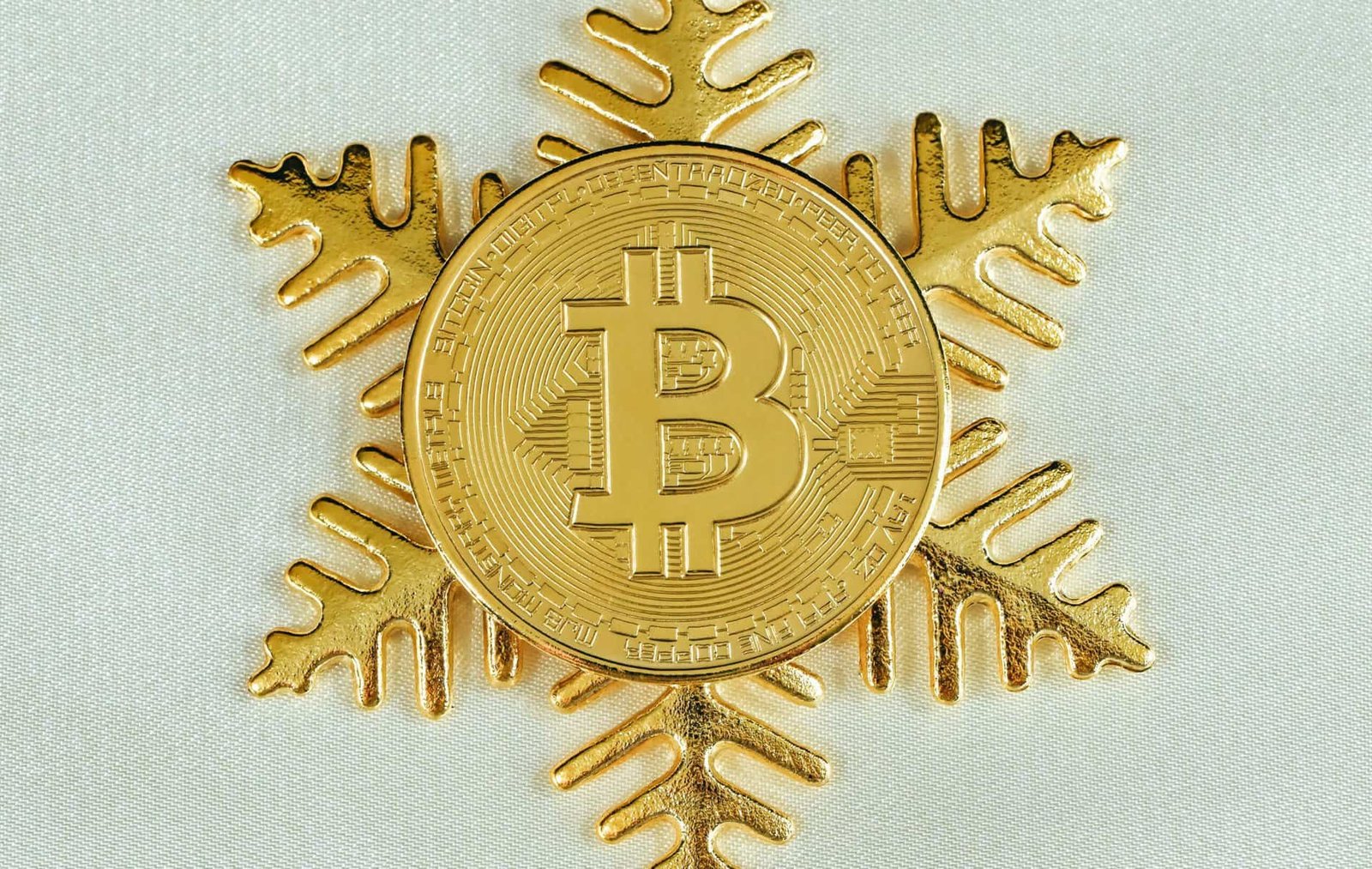Imagine a world where decision-making is transparent, inclusive, and secure. A world without centralized authorities, where every participant has a say and maintains control over the future. Welcome to the realm of on-chain governance experiments. The concept of on-chain governance, fueled by blockchain technology, is gaining traction as a revolutionary approach to decision-making within decentralized ecosystems. In this article, we explore the growing trend of on-chain governance experiments, their potential benefits, and the challenges they face. Join us on this journey as we unravel the exciting possibilities that lie ahead.

Why On-Chain Governance Experiments Are Important
On-chain governance experiments have become increasingly significant in the blockchain community due to the need for improved governance in decentralized systems. As blockchain technology continues to evolve, it is crucial to devise effective governance mechanisms that can address challenges and enhance transparency and accountability. These experiments aim to explore new ways to make decisions and manage protocols in a decentralized manner, empowering token holders and community members to actively participate in the governance process.
The Need for Improved Governance
Traditional governance models often suffer from centralization, lack of transparency, and limited accountability. On-chain governance experiments offer the opportunity to overcome these shortcomings by leveraging blockchain technology’s decentralized nature. By incorporating decision-making processes directly into the blockchain, participants have a say in protocol changes, making governance more inclusive and democratic.
Embracing Decentralization
One of the key aspects of on-chain governance is its alignment with the principles of decentralization. Unlike traditional models where decisions are made by a centralized authority, on-chain governance experiments distribute decision-making power among a network of token holders or validators. This approach promotes a more equitable system where no single entity can unilaterally impose changes, ensuring that the majority consensus determines the protocol’s direction.
Enhancing Transparency and Accountability
Transparency and accountability are integral to any governance system. On-chain governance experiments introduce mechanisms that enhance transparency by making all decision-making processes and the rationale behind them publicly available on the blockchain. This level of transparency increases trust among community members and ensures that decisions are made in the best interest of the network. Additionally, accountability is reinforced by holding accountable those who abuse their power or act against the community’s wishes, as their actions can be easily traced on the blockchain.
Key Features of On-Chain Governance Experiments
Several key features distinguish on-chain governance experiments in the blockchain ecosystem. These features facilitate active participation, effective decision-making, and timely execution of proposed changes.
Token-Based Voting Mechanisms
Token-based voting plays a crucial role in on-chain governance experiments. Token holders are granted voting rights corresponding to their token holdings, allowing them to make decisions collectively. This mechanism ensures that those who have a stake in the protocol’s success have a direct say in its governance. Different voting systems, such as quadratic voting or proportional voting, can be implemented to give participants more influence based on their level of involvement.
Governance Proposals and Decision Making
In on-chain governance experiments, participants can create governance proposals to suggest changes or improvements to the protocol. These proposals are typically submitted to the community for discussion and voting. Token holders can review and assess the proposals, expressing their support or opposition through voting. The proposal with the majority consensus is considered for implementation, ensuring that decisions are made collaboratively.
Timelines and Execution
On-chain governance experiments usually include strict timelines for the decision-making process. Proposal submission, discussion, and voting periods are set to ensure efficient decision-making. Once a proposal has been approved, the execution process is triggered automatically, implementing the proposed changes in a predefined manner. This timely execution eliminates potential bottlenecks and delays, making the governance process more efficient.
Role of Validators and Miners
Validators and miners in proof-of-stake (PoS) or proof-of-work (PoW) blockchain networks play a crucial role in on-chain governance experiments. Aside from their primary responsibilities, they also act as intermediaries to ensure the smooth functioning of the governance process. Validators validate and verify proposals, ensuring compliance with the protocol’s rules, while miners secure the network and validate transactions. Their involvement safeguards the integrity of the governance system and prevents malicious actors from exploiting vulnerabilities.
Successful On-Chain Governance Examples
The success of on-chain governance experiments can be observed through several notable examples that have paved the way for effective decentralized governance in the blockchain ecosystem.
Ethereum’s DAO Hard Fork
The Ethereum blockchain faced a significant governance challenge when the DAO (Decentralized Autonomous Organization) was exploited, resulting in the loss of millions of dollars. In response, the Ethereum community conducted the DAO hard fork, creating a separate version of the network to recover the stolen funds and avoid further exploitation. This on-chain governance decision showcased the power of community consensus and demonstrated the ability to address critical issues in a decentralized manner.
Tezos’ Self-Amendment Process
Tezos introduced an innovative on-chain governance model that enables protocol upgrades and amendments without requiring hard forks. Through a self-amendment process, Tezos token holders can vote on proposed protocol changes and upgrades. This governance approach empowers the community to decide the direction of the protocol and ensures a smooth upgrade process, avoiding potential network splits.
Decred’s Hybrid Model
Decred implemented a hybrid on-chain governance model that combines both stakeholders’ voting power and the participation of miners. This model aims to strike a balance between decentralization and efficiency. Decred stakeholders can vote on proposals and make decisions, while miners have the ability to veto contentious changes. This hybrid model ensures community participation while considering the network’s stability and security.
Challenges and Concerns in On-Chain Governance
While on-chain governance experiments offer immense potential, they also face certain challenges and concerns that must be addressed to ensure their success and viability in the long run.
Security Vulnerabilities
The decentralized nature of on-chain governance experiments introduces unique security vulnerabilities. Smart contract bugs or malicious attacks can compromise the governance system and undermine its legitimacy. Any vulnerabilities need to be identified and mitigated through rigorous auditing and security assessments to safeguard the integrity of the governance process and protect participants’ interests.
Centralization Risks
Ironically, on-chain governance experiments can face the risk of centralization if token holders fail to actively participate or if wealth concentration among a few holders skews decision-making power. To prevent centralization, it is crucial to incentivize broad participation and ensure that mechanisms are in place to mitigate any undue concentration of power.
Token Holder Apathy
Token holder apathy is another challenge faced in on-chain governance experiments. Low participation rates in voting or insufficient engagement can lead to decision-making processes being dominated by a minority, compromising the democratic nature of the system. Effective communication, education, and incentives can help address this issue and encourage active participation from token holders.

Lessons Learned from Previous Experiments
Previous on-chain governance experiments have provided valuable insights into what makes a successful and sustainable governance model. These lessons can inform future experiments and guide the development of effective governance mechanisms.
Importance of Community Engagement
Active community engagement is fundamental to the success of on-chain governance experiments. It is crucial to foster a sense of ownership and participation among token holders, encouraging them to actively contribute to the governance process. Robust communication channels, transparency, and frequent community interactions can help build a strong and engaged community.
Balancing Power and Influence
While decentralization is a fundamental principle of on-chain governance, striking the right balance between decentralization and efficiency is crucial. It is essential to ensure that decision-making processes are not excessively slow or hindered by contentious debates. Implementing appropriate mechanisms to reach consensus efficiently and resolve conflicts in a timely manner is critical for effective governance.
Flexible and Adaptable Governance Models
On-chain governance experiments have shown the importance of flexibility and adaptability in governance models. The ability to evolve and adjust to changing circumstances is crucial to address emerging challenges and incorporate feedback from the community. Governance protocols should be designed with the capacity to accommodate upgrades and improvements based on the evolving needs and aspirations of the community.
The Future of On-Chain Governance
The future of on-chain governance looks promising, with advancements in blockchain technology, integration with off-chain governance, and potential impacts on traditional governance systems.
Advancements in Blockchain Technology
As blockchain technology continues to evolve, advancements such as scalability solutions, privacy enhancements, and improved consensus algorithms will contribute to the effectiveness of on-chain governance experiments. These technological advancements will enable smoother decision-making processes, reduce costs, and enhance the overall governance experience for participants.
Integration with Off-Chain Governance
On-chain governance should not exist in isolation, but rather complement existing off-chain governance systems. Collaboration between on-chain and off-chain governance mechanisms can leverage the strengths of both approaches and provide a comprehensive governance framework. Integrating the two can foster broader participation, higher legitimacy, and a more balanced decision-making process.
Potential Impact on Traditional Governance Systems
On-chain governance experiments have the potential to revolutionize traditional governance systems by offering a more inclusive and democratic approach. The transparency, accountability, and efficiency demonstrated by on-chain governance models can serve as inspiration for traditional systems to adopt similar principles. This convergence between traditional and decentralized governance can result in more transparent and effective governance systems across various sectors.

Case Study: Aragon’s On-Chain Governance
Aragon’s on-chain governance experiment provides an insightful case study into the practical implementation of decentralized governance.
Overview of Aragon’s Governance Experiment
Aragon is a decentralized protocol that aims to enable the creation and management of decentralized organizations (DAOs). Its on-chain governance model ensures that decisions are made collectively by token holders. The Aragon community can propose, discuss, and vote on various governance proposals and changes to the protocol. This inclusive approach allows token holders to actively participate in shaping the future of the Aragon ecosystem.
Aragon’s Token-Based Voting Mechanism
Aragon’s on-chain governance utilizes a token-based voting mechanism, where token holders can cast their votes based on their respective token holdings. Each token represents voting power, and the weight of an individual’s vote depends on the number of tokens they hold. This mechanism ensures that participants with higher stakes have a more significant say in decision-making processes.
Decision-Making Process on Aragon
The decision-making process on Aragon involves several steps. First, a proposal is submitted to the Aragon network. Once submitted, the community is given a specific timeframe to discuss and debate the proposal. Token holders can express their support or opposition to the proposal through voting. Consensus is reached based on the majority vote, and the proposal is executed automatically if approved. This process ensures inclusivity and transparency, empowering the Aragon community to actively contribute to the governance of the protocol.
Case Study: Polkadot’s Governance Framework
Polkadot’s governance framework offers another illuminating example of on-chain governance in action.
Introduction to Polkadot’s Governance
Polkadot is a multi-chain blockchain platform that facilitates interoperability between different blockchains. Its on-chain governance framework enables token holders to collectively decide on various aspects of the Polkadot network. This decentralized governance model ensures that protocol upgrades and network parameters are determined through community consensus.
DOT Token Holders’ Voting Rights
In Polkadot’s governance framework, DOT token holders have proportional voting rights based on their token holdings. The more tokens a participant holds, the more voting power they possess. This ensures that those who have a greater stake in the network have a more influential role in the decision-making process. Token holders can vote on network upgrades, runtime upgrades, and council elections, among other governance matters.
ParaChain Governance and Upgrades
Polkadot’s governance extends to its parachains, which are individual blockchains that connect to the Polkadot network. Each parachain has its own governance mechanism, enabling token holders to govern the specific functionalities and upgrades of their respective parachains. This hierarchical governance structure allows for flexibility and customization, empowering parachain communities to make decisions specific to their chain.

Conclusion
On-chain governance experiments hold immense value for the blockchain ecosystem, offering improved governance, embracing decentralization, enhancing transparency, and accountability. By employing token-based voting mechanisms, facilitating governance proposals, and implementing efficient decision-making and execution processes, on-chain governance models empower participants and ensure the network’s longevity and sustainability.
While challenges such as security vulnerabilities, centralization risks, and token holder apathy exist, previous experiments have provided valuable insights. Active community engagement, striking the right balance between power and influence, and flexible and adaptable governance models are key lessons learned.
As blockchain technology advances, the integration of on-chain and off-chain governance, along with potential impacts on traditional governance systems, promises a bright future for decentralized decision-making. Case studies, such as Aragon’s and Polkadot’s on-chain governance experiments, demonstrate the practical implementation and effectiveness of decentralized governance in action.
Overall, on-chain governance experiments shape the way blockchain networks operate, fostering more inclusive, transparent, and accountable governance systems. By actively participating in these experiments, the blockchain community can continue to refine and enhance governance models to unlock the full potential of decentralized systems.

